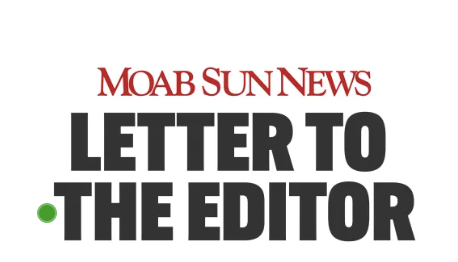Some information may be outdated.
by Ted Williams
Furbearers are some of the most highly regulated species in the United States, and bobcats are no exception. In Colorado, where the author seems to focus his efforts, there is no bag limit but there is a strict season and every bobcat must be reported, inspected, and documented by Colorado Parks and Wildlife. In Colorado, only cage traps are allowed with a mandatory 24-hour trap check law, these traps do not kill wildlife. These laws are highly enforced and trappers are followed and watched closely by Conservation Officers. There is no bag limit in Colorado because the population is not in decline. Harvest data is closely monitored to ensure populations remain at a healthy and manageable level. In Utah, there is a current bag limit of 6 bobcats per hunter/trapper and this changes yearly depending on the population. If the population exceeds the carrying capacity of the ecosystem, this is when there are outbreaks of disease, increased vehicle collisions, and increased negative wildlife and human & domestic animal encounters. Harvesting of furbearers helps to take the excess out of the population that otherwise may be completely wasted as roadkill or put in jeopardy by disease or starvation.
Ethical hunters respect and use what they can from what they harvest. Some animals are safe to eat and it would be wasteful if they weren’t consumed. In the nutrient cycle, predators (secondary consumers) provide the least amount of nutrients to whatever eats them and also have the largest potential to carry parasites like trichinella, and diseases like rabies and distemper that can affect its consumer. These animals do provide resources like fur and should not be wasted. Countries like China and Russia rely on fur to stay warm. Fur is an ethical, natural, and renewable resource. Furbearers like bobcats may only be harvested while their fur is in prime to ensure that they are not wasted. Most hunters and trappers do not even pay for their gas by selling fur. The reason they pursue these animals is to help manage wildlife and ecosystems. Managing these animals can help increase populations of ground-nesting birds and other wildlife and helps to keep these animals healthy. Hunting and trapping of furbearers is an important management tool.
Cory Farnsworth
Agriculture and Natural Resources Agent
USU Extension, Grand County, Utah.
https://wildlife.utah.gov/guidebooks/furbearer_guidebook.pdf
https://cpw.state.co.us/thingstodo/Pages/Furbearers.aspx
https://www.utahtrappers.org/#
Appreciate the coverage? Help keep local news alive.
Chip in to support the Moab Sun News.



